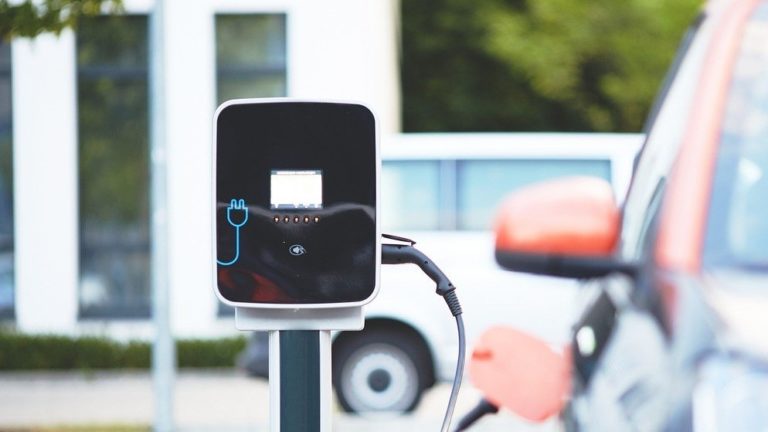Alternative drives remain on growth track

Demand for vehicles with alternative drive systems increased overall in the first quarter. A total of 278,801 new electric cars, hybrids with and without plugs, mild hybrids and gas-powered passenger cars were registered, 13 percent more than in the same period last year. In March, 112,138 new vehicles with alternative powertrains were registered, almost matching the previous year’s level.
Among the alternative drive systems, 151,560 new electric vehicles were registered in the first quarter. This represents an increase of 6 percent. Their share of the overall market rose to 24 percent. Almost one in four new cars therefore had an electrified drive between January and March. This included 83,672 battery-powered electric cars (up 29 percent) and 67,771 plug-in hybrids (down 13 percent).
In March, 61,812 new e-vehicles hit the roads. This means that the growth in new electric vehicle registrations in March was significantly lower than in previous months.
Reinhard Zirpel, President of the Association of International Motor Vehicle Manufacturers (VDIK), emphasized: “Passenger cars with an alternative drive system presented themselves significantly better than the overall market in the first quarter. But the declining overall market development also left its mark here. Irrespective of this, we are registering a clear increase in customer interest in electric cars. Unfortunately, there is still uncertainty about the subsidies for electric vehicles from 2023, which is now having an increasing impact on purchasing behavior. The Federal Government should therefore quickly decide on the future framework conditions for electric vehicles and thus create planning certainty.”
The VDIK regularly updates the list of electric vehicles from international manufacturers. The VDIK member companies currently offer around 150 electric models (passenger cars and commercial vehicles) that customers can order in Germany. The VDIK electric list can be accessed here.
In the overall passenger car market, the weighting continues to shift in the direction of alternative drive systems. In the first quarter, they accounted for 45 percent of the total market. Gasoline engines accounted for 35 percent. Only one in five new cars is a diesel (20 percent).
| March | January-March | |||||
|---|---|---|---|---|---|---|
| +/- (%) | +/- (%) | Share of total car market | ||||
| BEV | 34,474 | 15 | 83,672 | 29 | ||
| PHEV including: |
27,288 | -23 | 67,771 | -13 | ||
| PHEV – Petrol | 25,486 | -21 | 62,697 | -11 | ||
| PHEV – Diesel | 1,802 | -43 | 5,073 | -31 | ||
| FCEV | 50 | -37 | 117 | 1 | ||
| Electric Vehicles (total) | 61,812 | -6 | 151,560 | 6 | 24 | |
| HEV including: |
48,425 | 6 | 121,541 | 20 | ||
| HEV – Petrol | 32,138 | 10 | 79,517 | 26 | ||
| HEV – Diesel | 16,287 | 0 | 42,024 | 10 | ||
| CNG | 156 | -73 | 635 | -47 | ||
| LPG | 1,745 | 159 | 5,065 | 289 | ||
| Alternative Drivetrains (total) | 112,138 | 0 | 278,801 | 13 | 45 | |
| Petrol | 84,110 | -27 | 220,880 | -12 | 35 | |
| Diesel | 45,069 | -30 | 126,253 | -20 | 20 | |